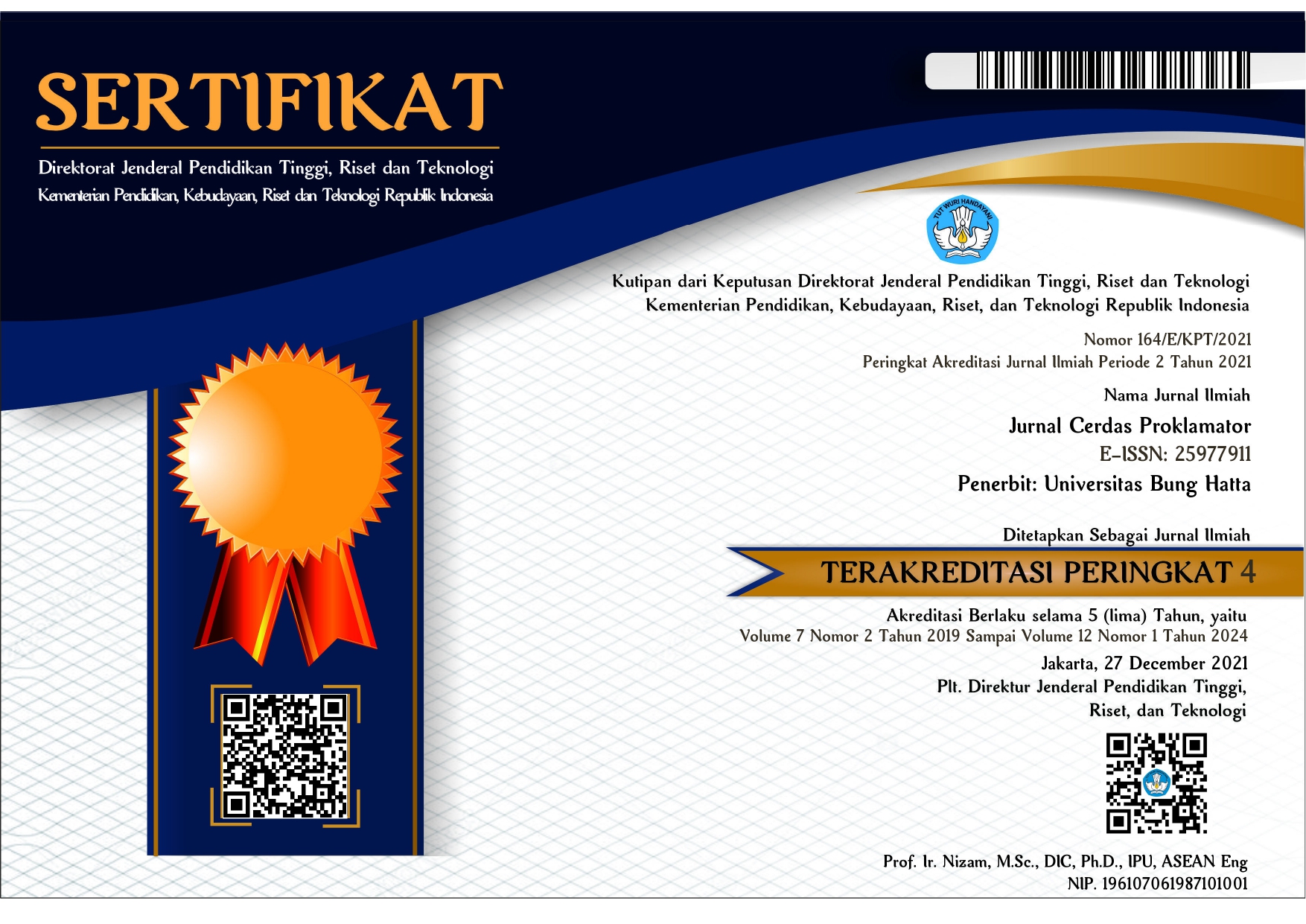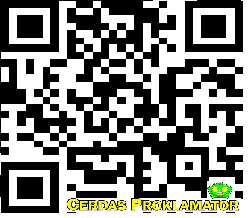PENGARUH METODE BRAINSTORMING TERHADAP KETERAMPILAN BERPIKIR KRITIS SISWA PADA PEMBELAJARAN IPA DI SEKOLAH DASAR
Keywords:
Science learning, critical thinking skills, brainstorming methodAbstract
This research is motivated by critical thinking skills of students in understanding the subject matter delivered by the teacher which is still low due to a less varied learning process. The ability of students to understand the concepts of the material being taught is still not able to develop new knowledge actively so that students have not been able to develop critical thinking skills in the learning process. This study aims to determine the effect of using the brainstorming method on student’s' critical thinking skills in science learning in Class IV SDN 11 Tanjung Medan. The population of this research is the fourth grade students of SDN 11 Tanjung Medan and a nonequivalent control group design. The data collection in this study was using a critical thinking skill test in the form of 25 objective questions, the data obtained were analyzed using the t test. Based on the results of hypothesis testing with t-test, the data obtained by the value of tcount = 3.661 with a difficulty level of 5% with the test criteria if tcount> ttable then the hypothesis or H1 is accepted and H0 is rejected. The t-test value obtained is tcount = 3.661 > ttable = 2.074. From the results of the study, it was proven that "The critical thinking skills of students who learn to use the brainstorming method are higher than students who do not learn to use the brainstorming method in science learning at SDN 11 Tanjung Medan.
References
Aldeirre, Dzaalika. 2018. Pengaruh Metode Pembelajaran Brainstorming terhadap Kemampuan Berpikir Kritis Materi Vertebrata pada Siswa SMA. Jurnal Biologi dan Pembelajaran.
Arikunto, Suharsimi. 2019. Prosedur Penelitian. Jakarta: PT. Rineka Cipta.
Fitriyati, Ida. 2017. Pengembangan Perangkat Pembelajaran IPA Untuk Meningkatkan Kemampuan Berpikir Tingkat Tinggi Dan Penalaran Ilmiah Siswa Sekolah Menengah Pertama. Jurnal Pembelajaran Sains. Volume 1 Nomor 1.e-ISSN: 2527-9157.
Maesaroh, Siti. 2013. Peranan Metode Pembelajaran Terhadap Minat Dan Prestasi Pembelajaran Pendidikan Agama Islam. Surakarta: Universitas Nahdatul Ulama. Jurnal Kependidikan, Vol. 1. No.1.
Putri, Yuliani Kartika., Djahir Basir dan Ikbal Berlian. 2016. Pengaruh Metode Brainstorming Terhadap Keaktifan Belajar Siswa Pada Mata Pelajaran Ekonomi Di SMA Negeri 13 Palembang. Palembang: Universitas Sriwijaya. Junal Profit, No. 2. Vol. 3 November 2016.
Sugiyono. 2017. Statistika Untuk Penelitian. Bandung: Alfabeta.
------------. 2019. Metode Penelitian. Bandung: Alfabeta.
------------. 2020. Metode Penelitian Kuantitatif Kualitatif dan R&D. Bandung: Alfabeta.
Tias, Ika W. Utamining. 2017. Penerapan Model Penemuan Terbimbing Untuk Meningkatkan Hasil Belajar IPA Siswa Sekolah Dasar.Jurnal riset pedagogik.Nasional, U., &oleh Undang-undang, D. (2008). Bahasa Indonesia. Jakarta: Pusat Bahasa Departemen Pendidikan Nasional.
Roqib, M. (2009). Ilmu Pendidikan Islam; Pengembangan Pendidikan Integratif di Sekolah, Keluarga dan Masyarakat. LKIS Pelangi Aksara. Komalasari, K., & Saripudin, D. (2017). Pendidikan Karakter, Konsepdan Aplikasi Living Values Education.
Aeni, A. N. (2014). Pendidikan Karakter untuk mahasiswa PGSD. UPI Press.
Marfilinda, Riri, Vebi Vebrianti & Alfroki Martha .(2022). Identifikasi Miskonsepsi Materi Panca Indera Manusia Menggunakan Metode Certainty of Response Index (CRI) Kelas IV Sekolah dasar (Studi Kasus di SDN 29 Koto Panjang, Pesisir Selatan). Jurnal Tarbiyah Al-Awlad.12 (1). 69-74.
Sefrida, Dwintan. Enjoni. (2022). Pengembangan Modul Pembelajaran IPA Berbasis Saintifik Tema 6 Panas dan Perpindahannya untuk Kelas V SDN 36 Gunung Sarik Kota Padang. Jurnal Cerdas Proklamator. 10 (1). 11-17.
Downloads
Published
Issue
Section
License
Copyright (c) 2023 Jurnal Cerdas Proklamator

This work is licensed under a Creative Commons Attribution 4.0 International License.
Copy right in each article belong to the authors.
1. The author acknowledges that the Journal Cerdas Proklamator as a publisher who publishes for the first time with the
Creative Commons Attribution 4.0 International License.
2. The Author can enter the writing separately, manage the non exclusive distribution of manuscripts that have been published in this journal into the other versions (eg sent to the repository of the author's institution, publication in book, etc), by acknowledge that the manuscript was first published in the Jurnal Cerdas Proklamator.

























